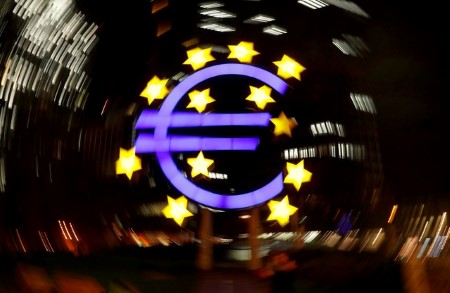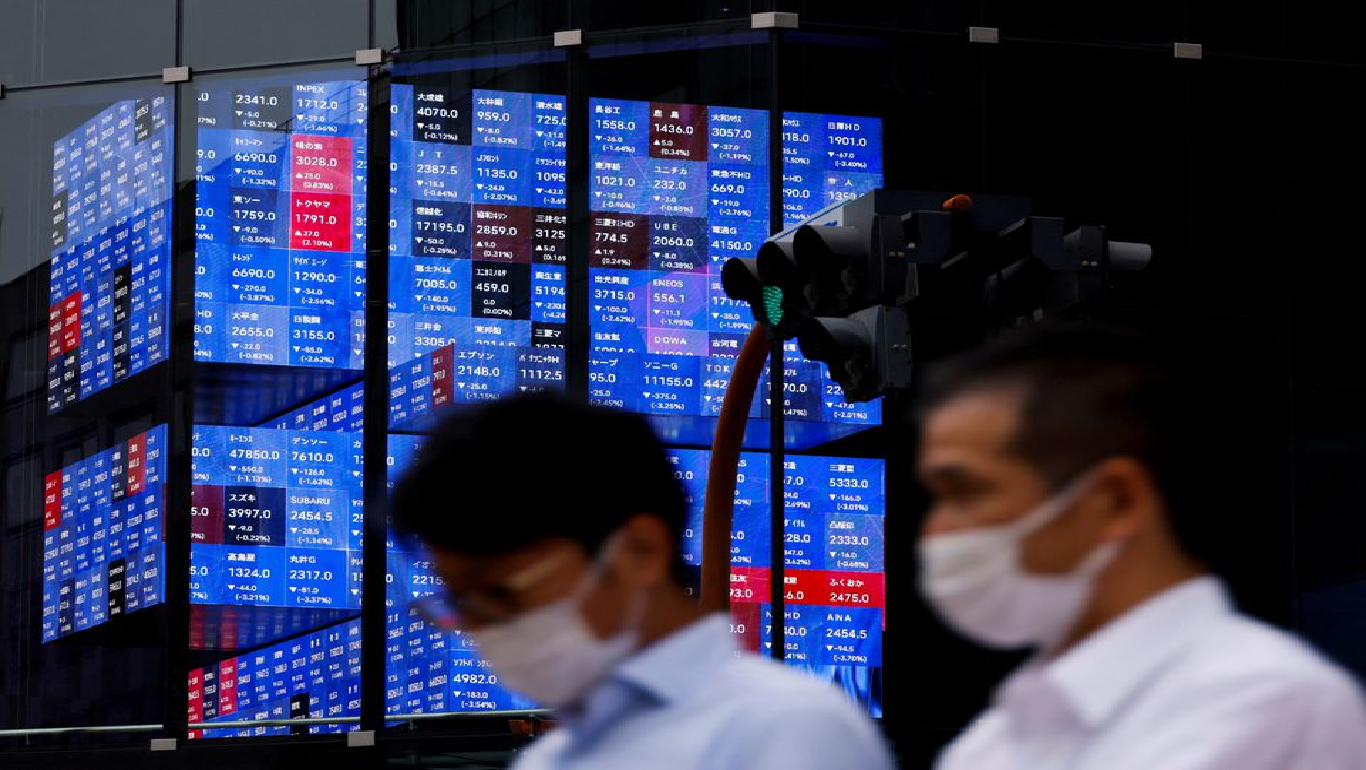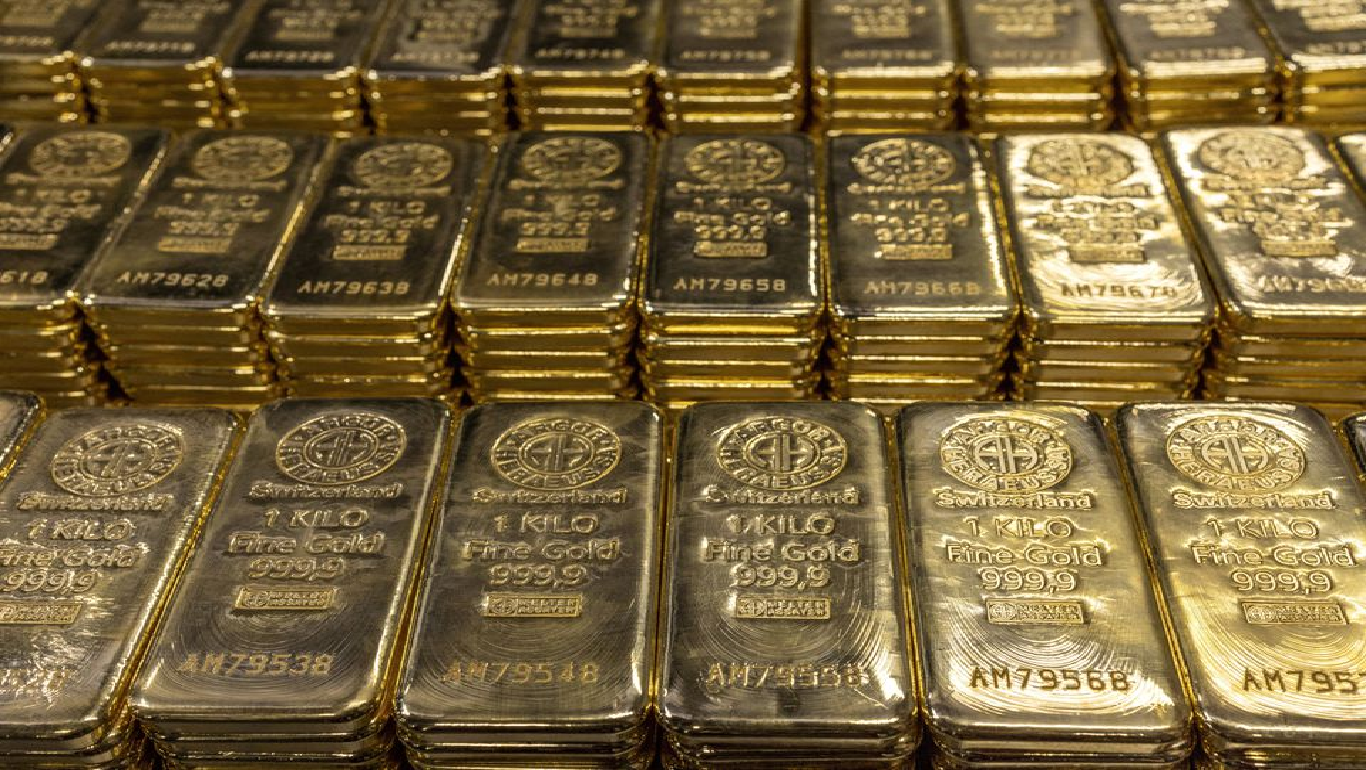Sept 6 (Reuters) – Gold prices on Tuesday slipped from a one-week high hit earlier in the session as the dollar and Treasury yields climbed amid expectations for aggressive monetary policy tightening by major central banks.
Spot gold fell 0.6% to USD 1,699.70 per ounce by 3:02 p.m. ET (1902 GMT), after hitting its highest since Aug. 30 at USD 1,726.49 in the Asia trading session.
US gold futures settled down 0.6% at USD 1,712.9.
Focus this week will be on the European Central Bank meeting on Thursday, where it is expected to deliver a 75-basis-point interest rate hike.
Fed fund futures are now pricing in a 73% chance of a 75-basis-point rate hike by the US Federal Reserve at its Sept. 20-21 policy meeting.
“Few forces pressuring the market, all of which have to do with the outlook for monetary policy across the world over the next year,” said Daniel Ghali, commodity strategist at TD Securities.
The dollar jumped to a two-decade high after data showed the US services industry picked up again in August, making gold more expensive for overseas buyers.
Benchmark US Treasury yields rose to their highest levels since June on expectations that the Fed will keep hiking interest rates. Higher yields raise the opportunity cost of holding non-yielding gold.
“Gold has been dragged lower by the dollar and rising bond yields. In this environment with those two outside markets doing what they’re doing, it’s pretty hard for gold to sustain any kind of rally,” said Bob Haberkorn, senior market strategist at RJO Futures.
“We could see some bargain hunting that comes in here at these levels. That should keep a floor on this market. However, don’t see substantial upside move here that sometimes people are looking for in times of uncertainty.”
Spot silver fell 1.2% to USD 17.95 per ounce, platinum rose 0.5% to USD 850.21 while palladium dropped 2% to USD 1,992.95.
(Reporting by Brijesh Patel in Bengaluru; Editing by Vinay Dwivedi and Shounak Dasgupta)







 DOWNLOAD
DOWNLOAD











